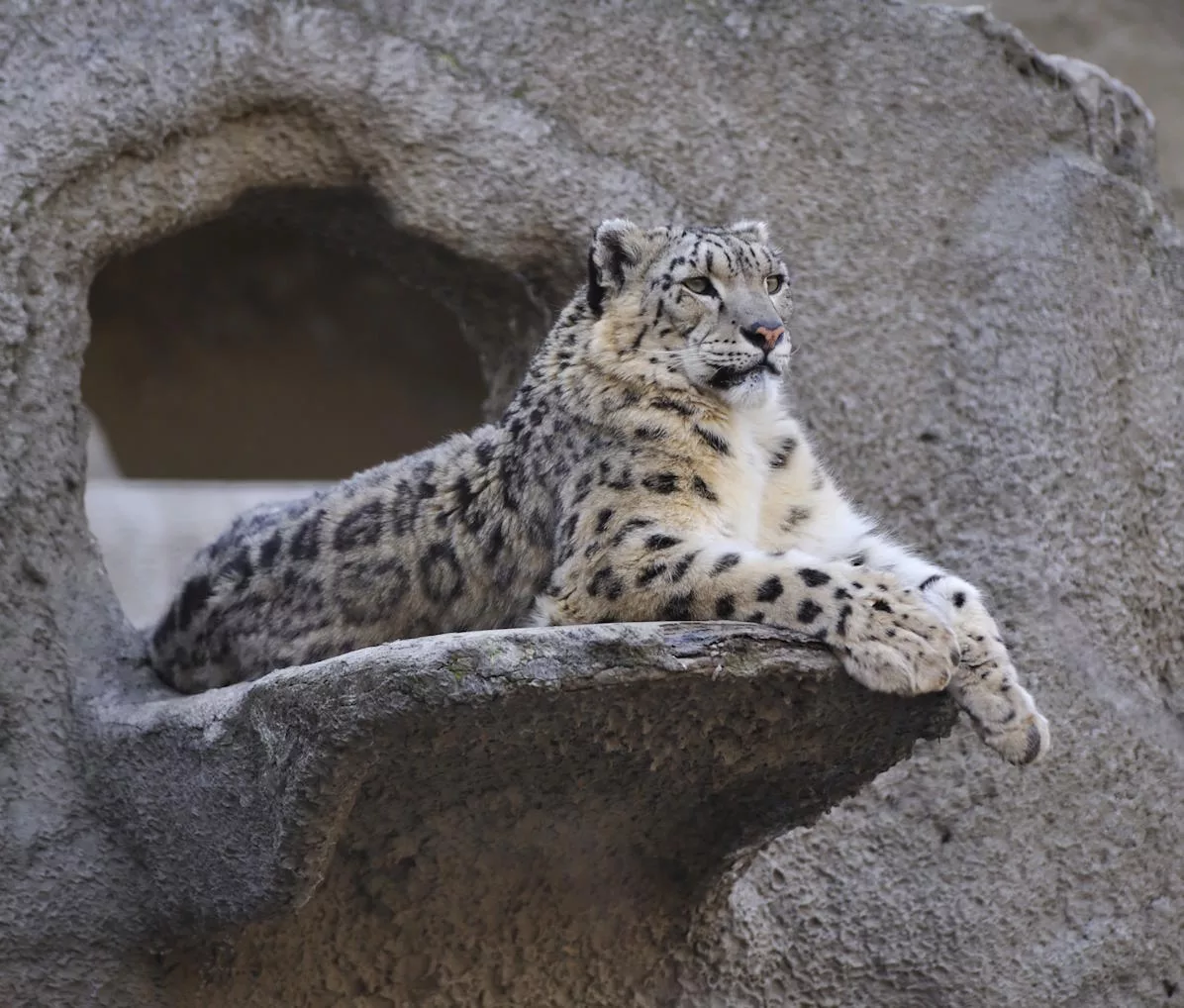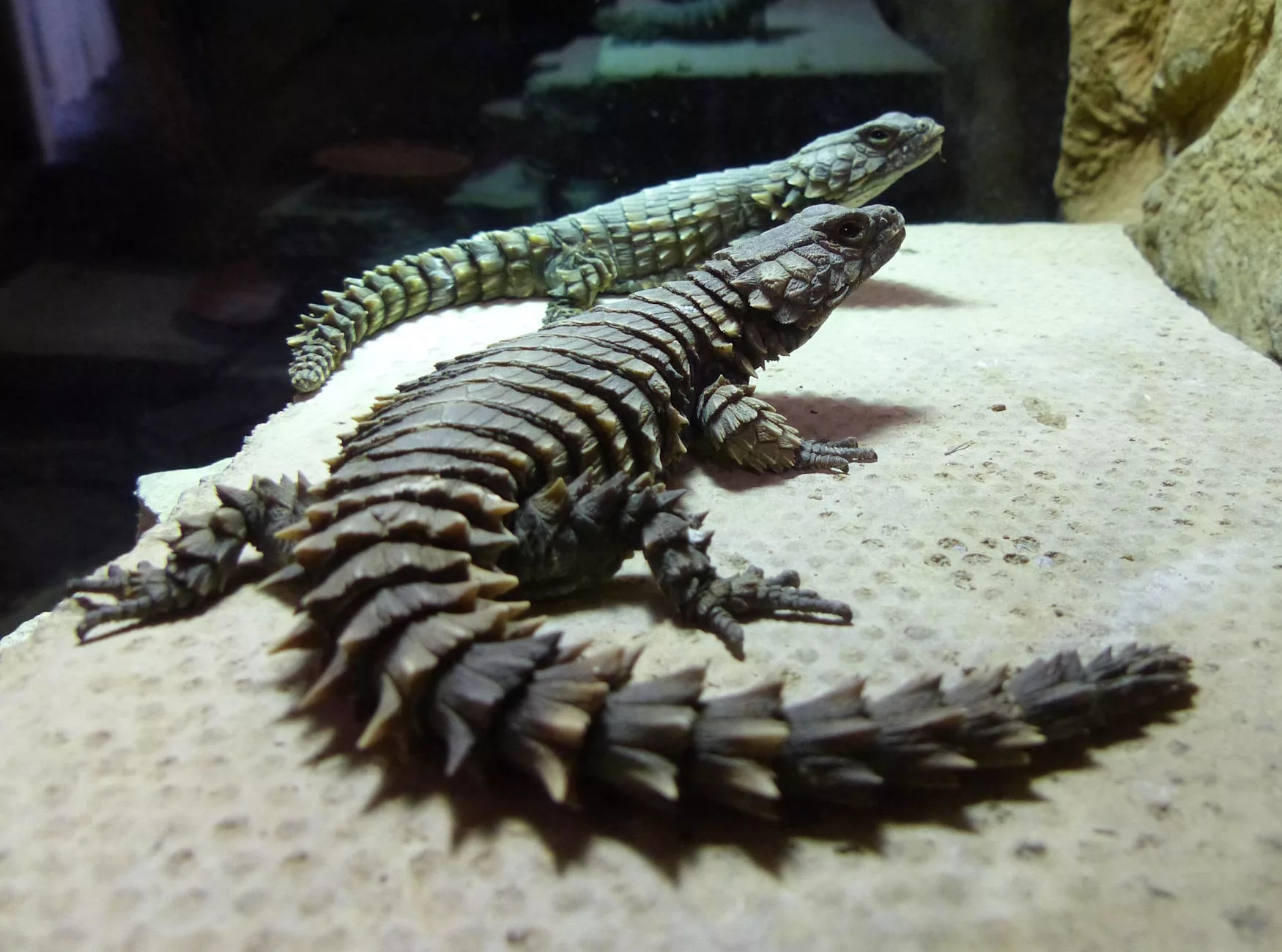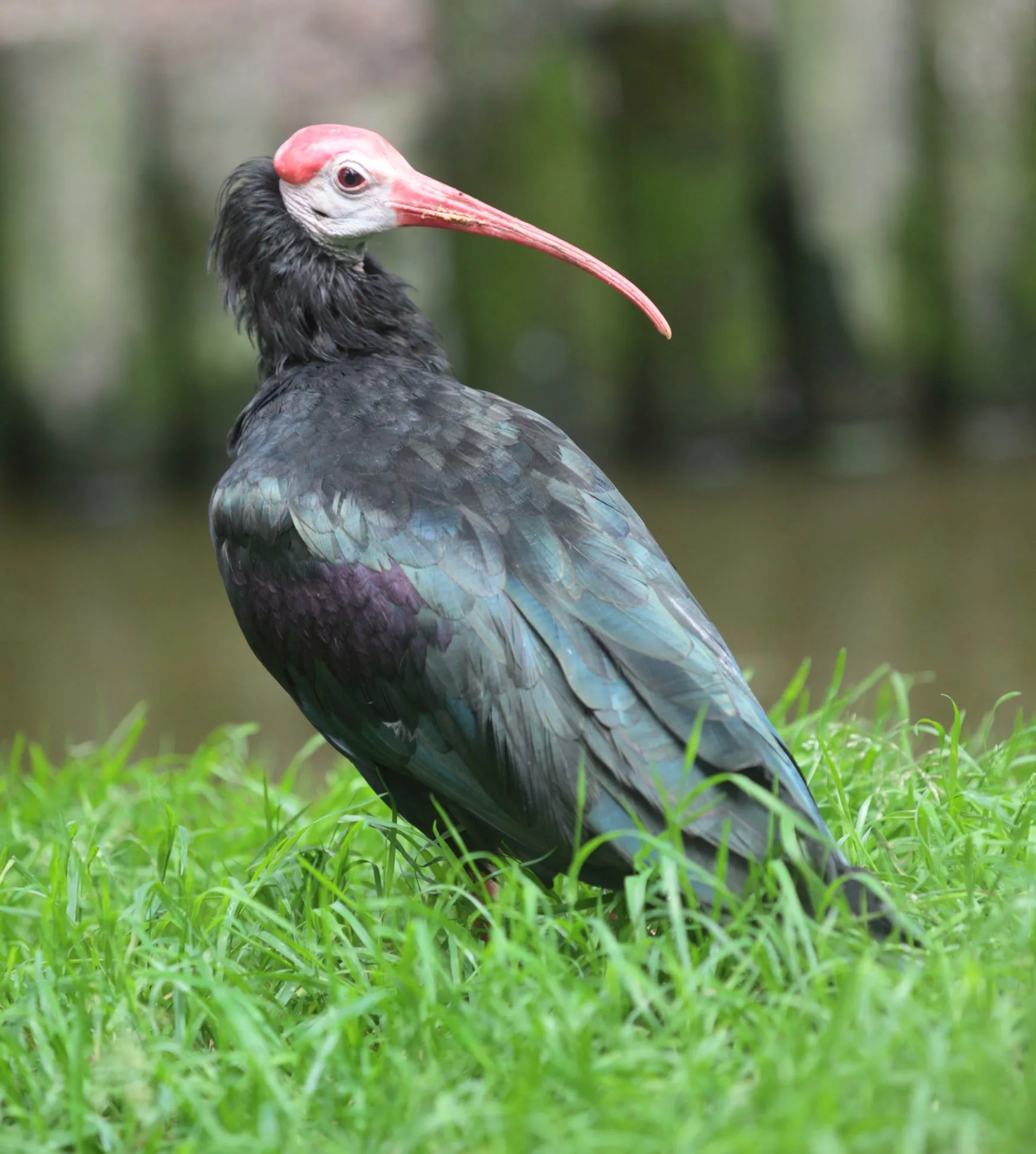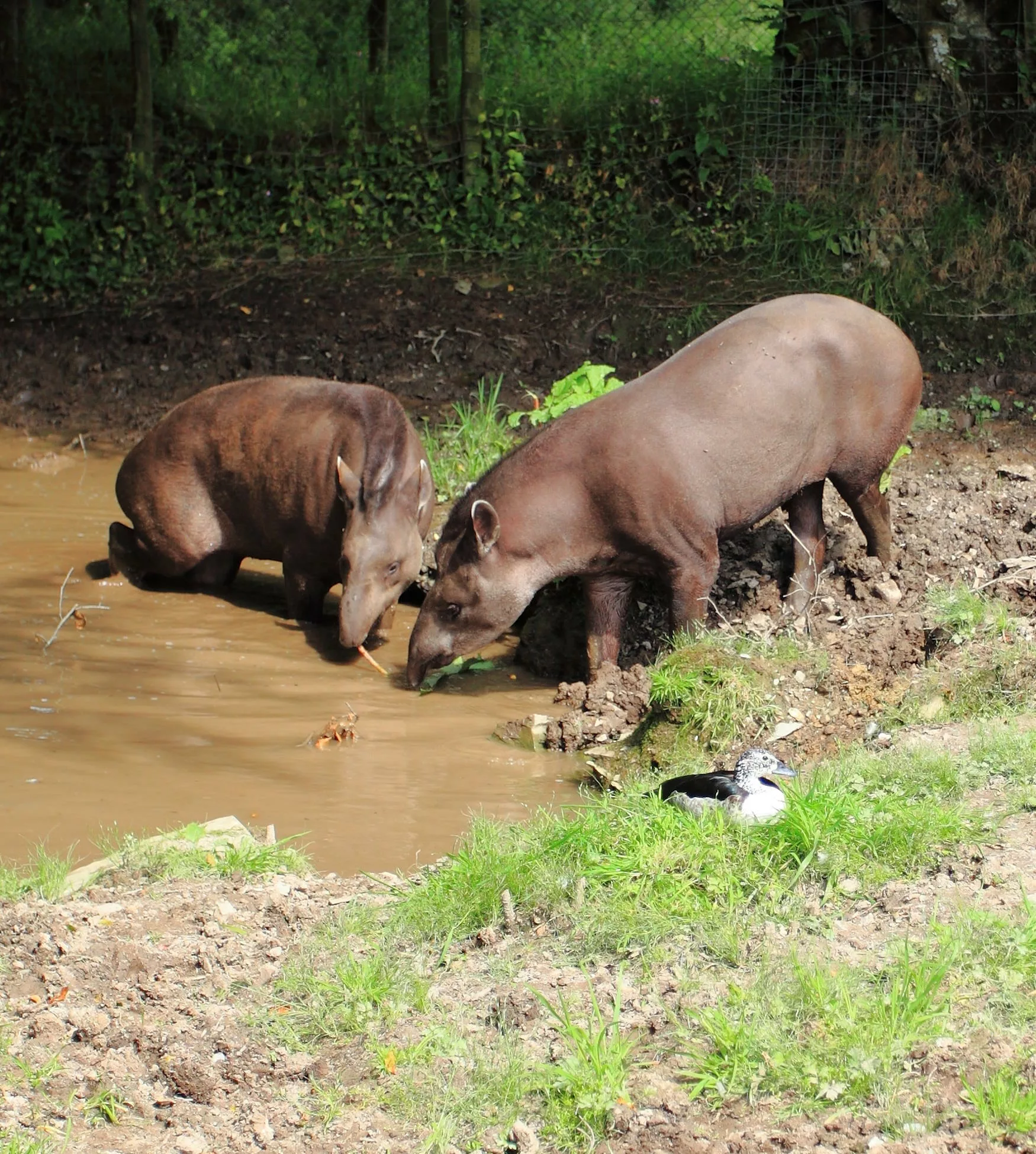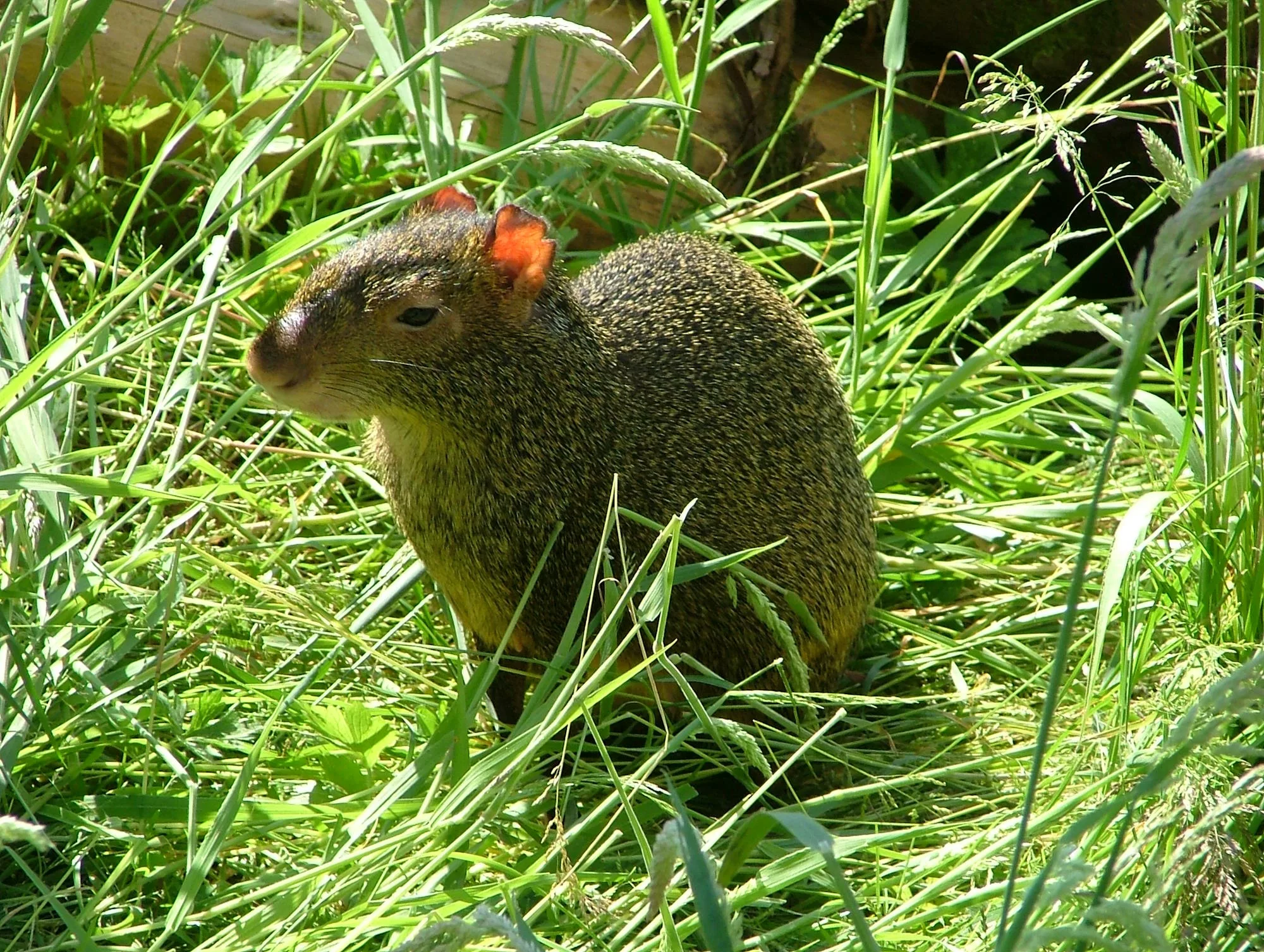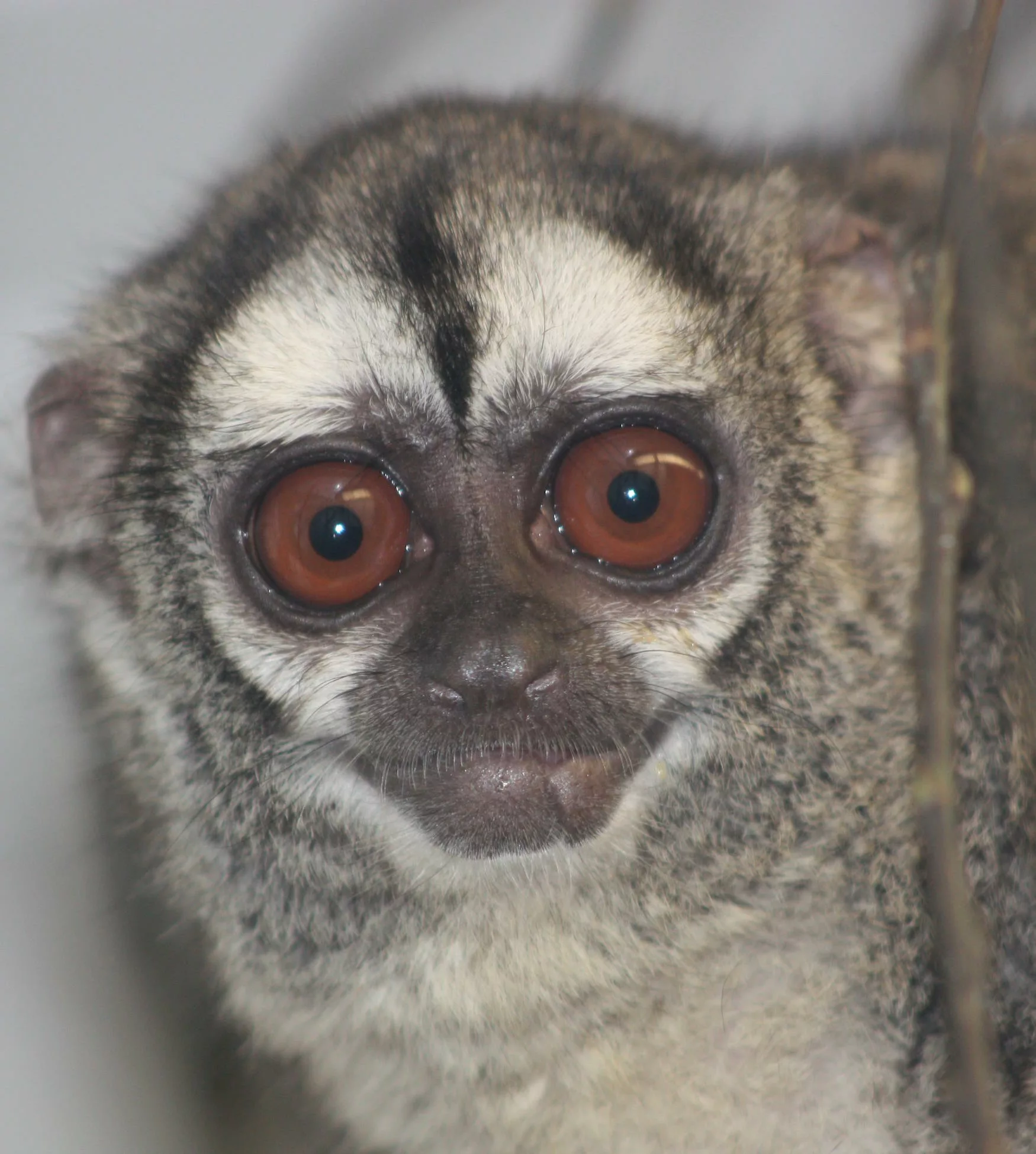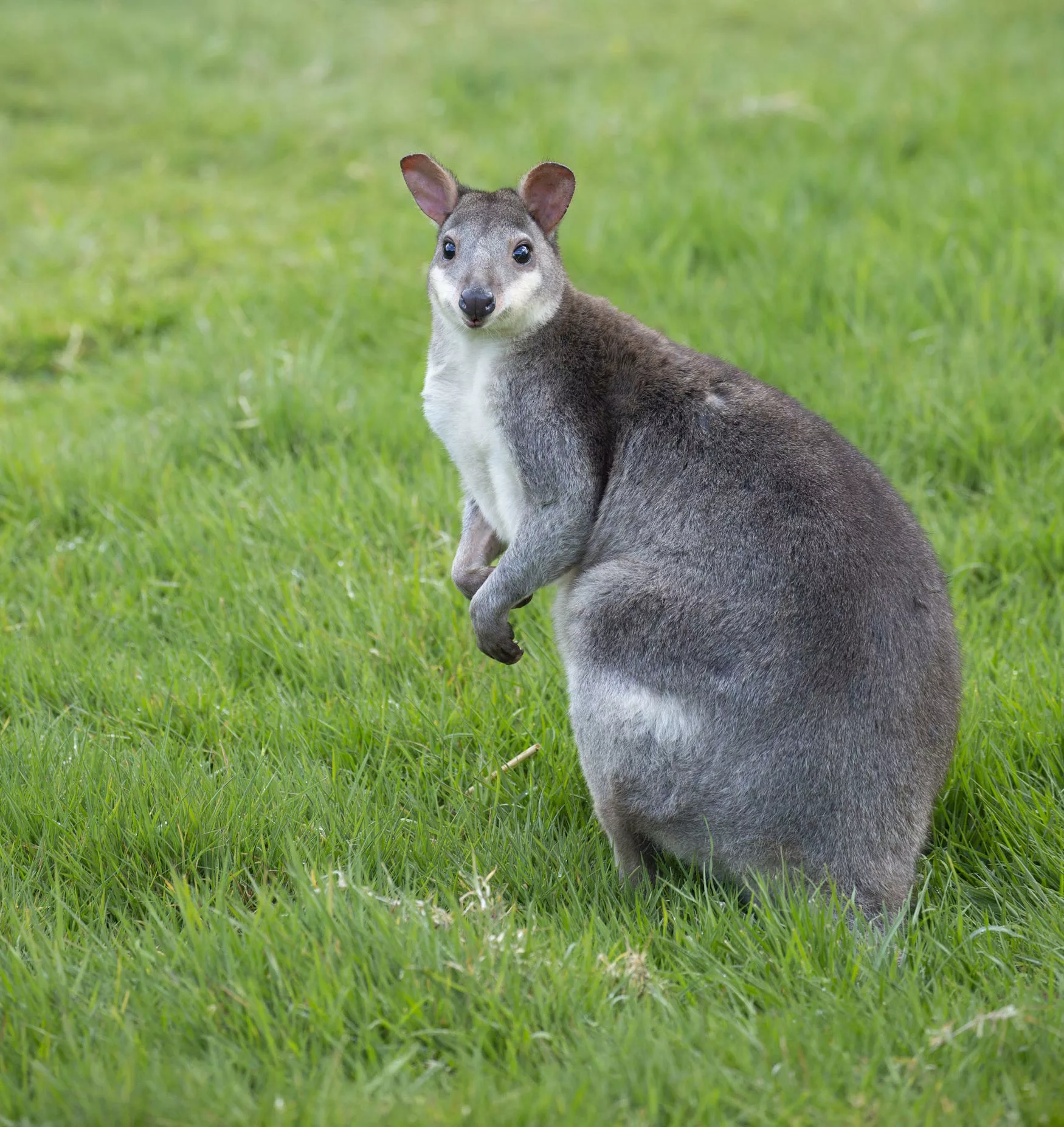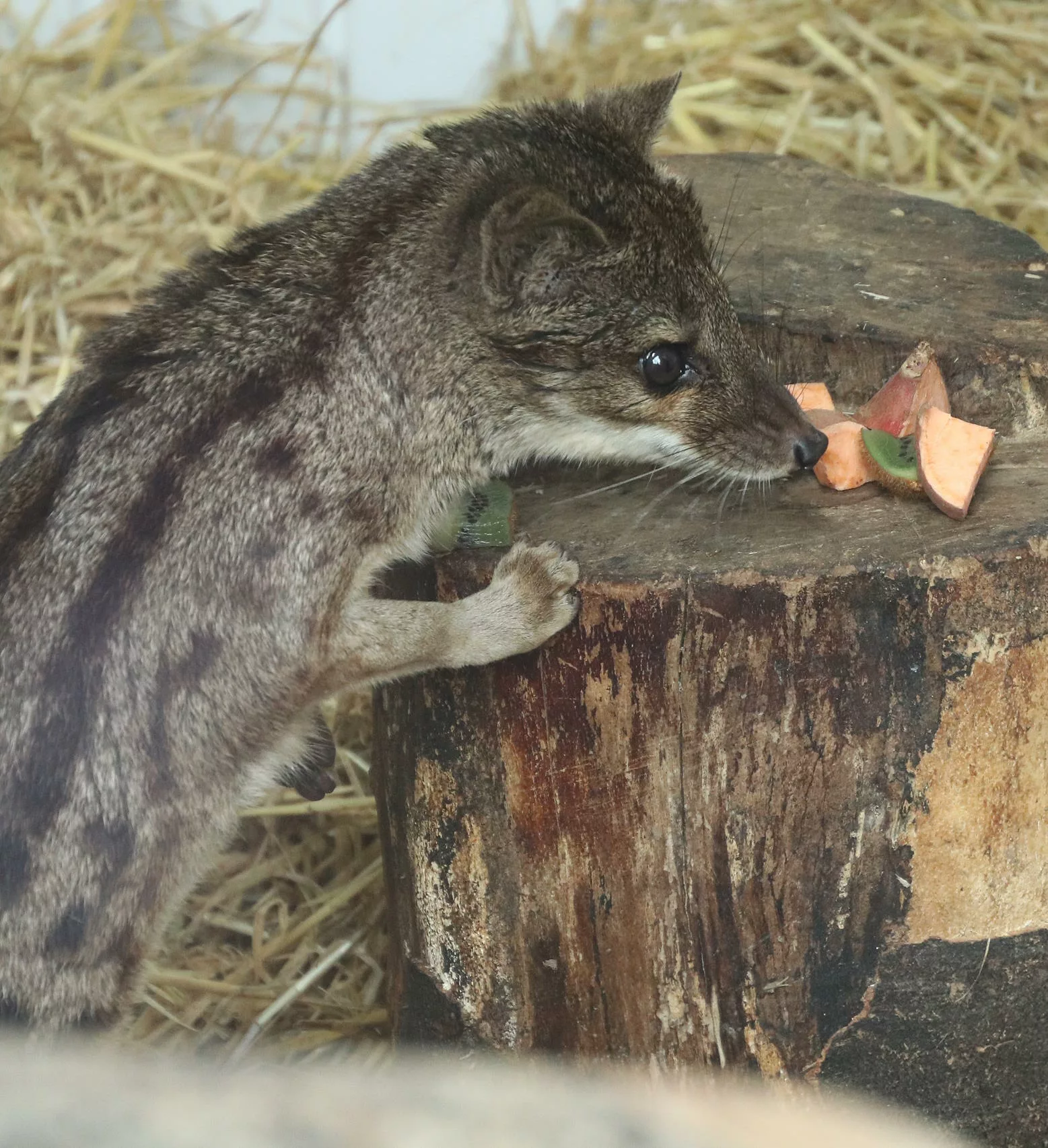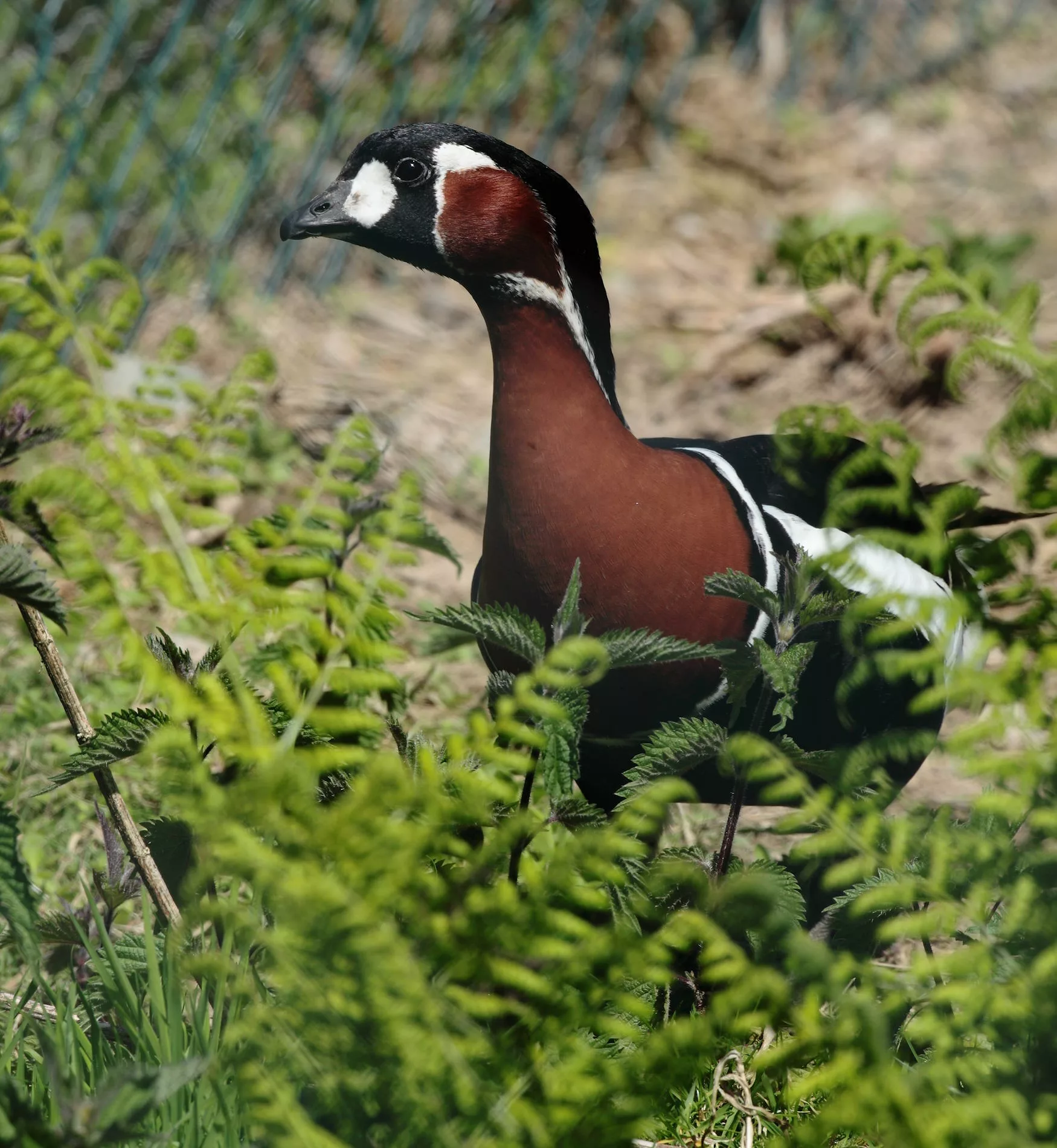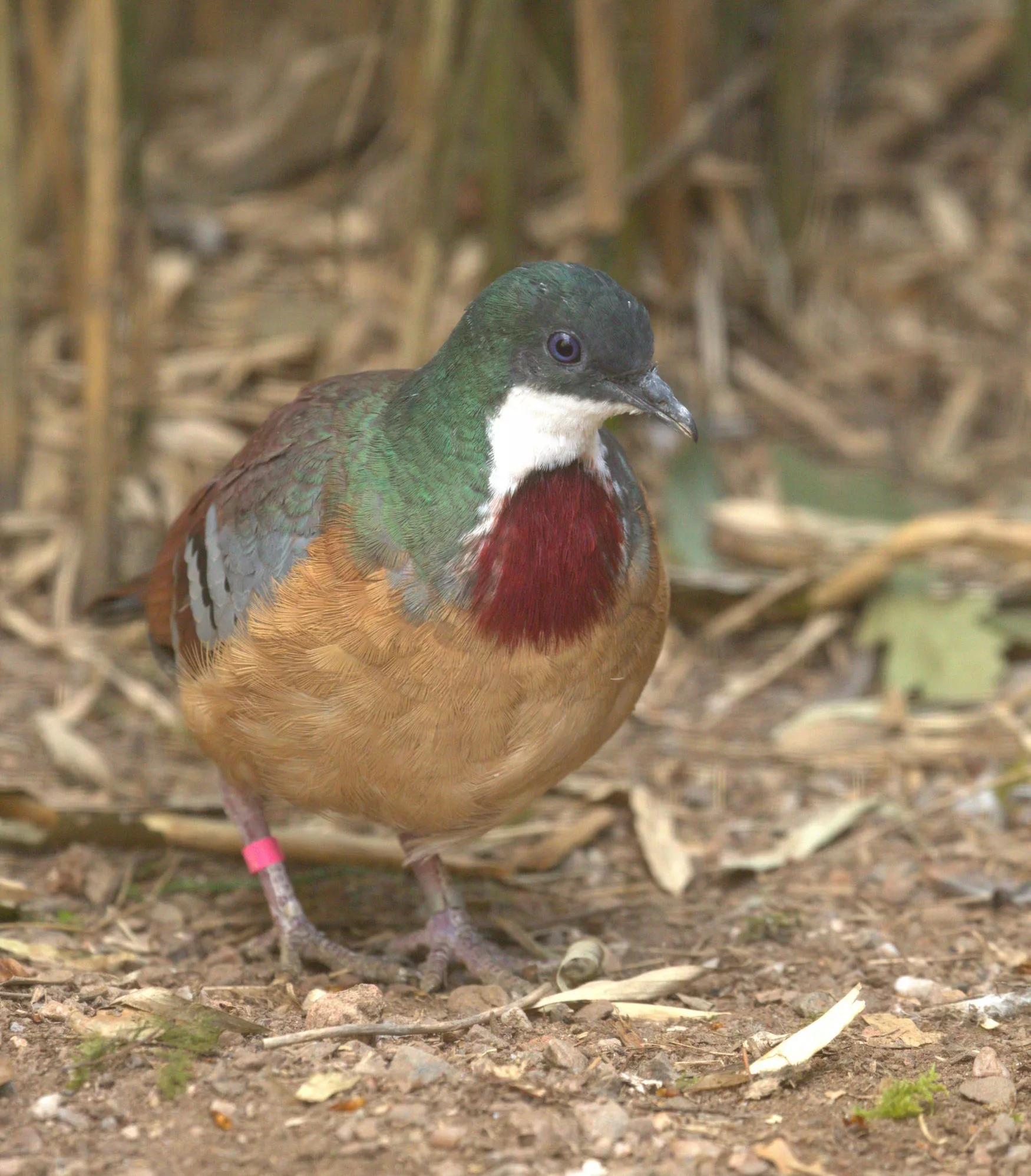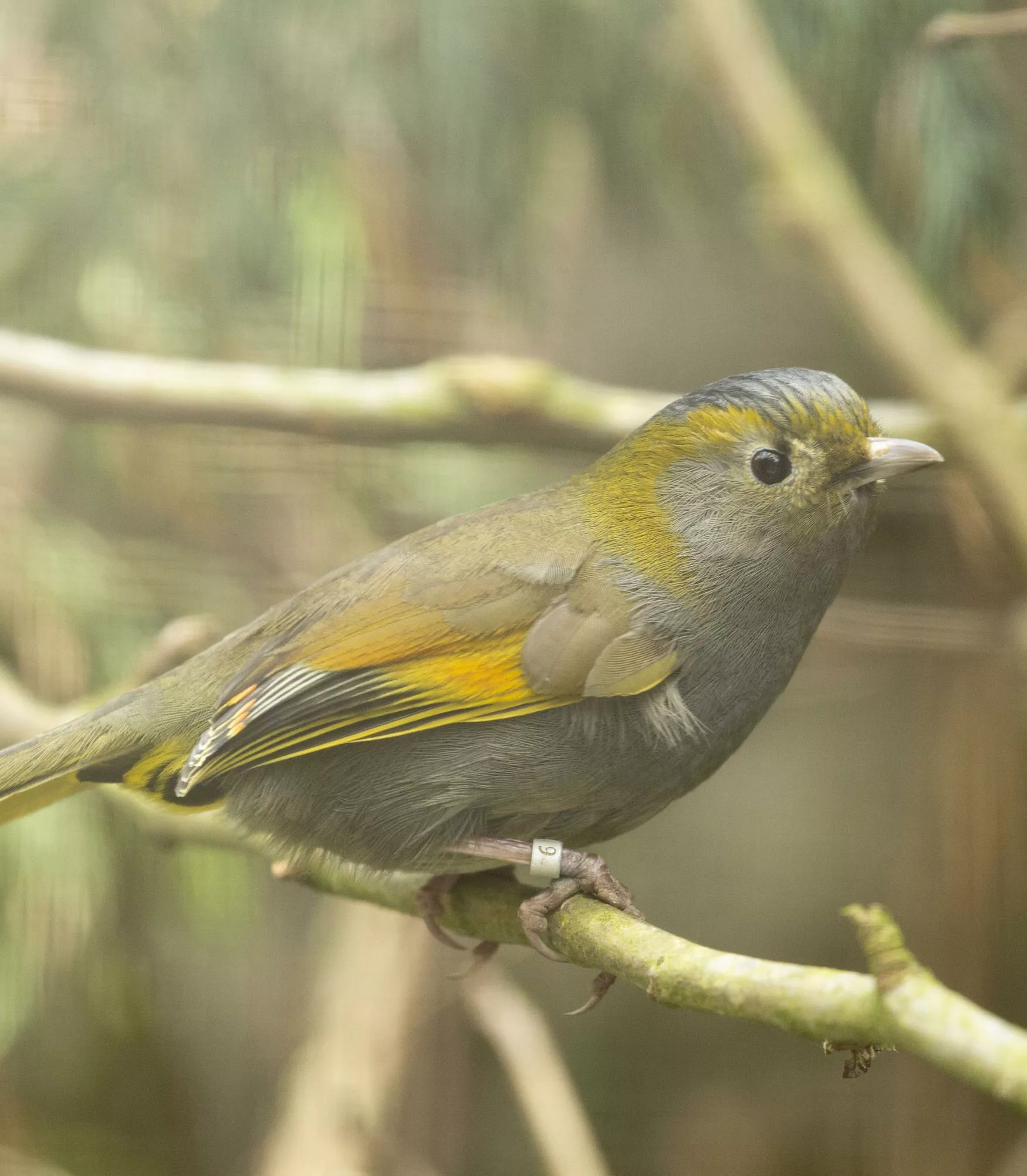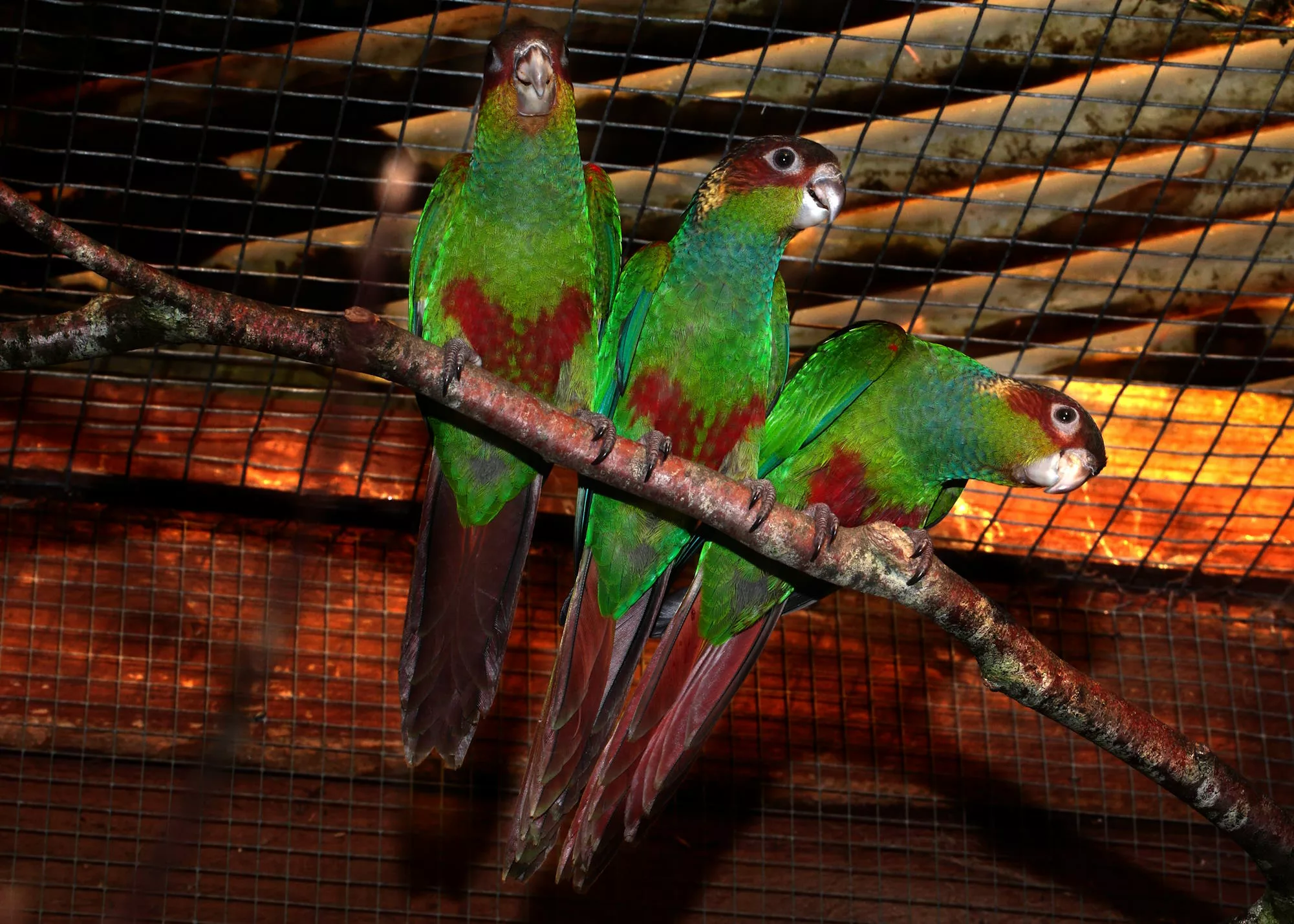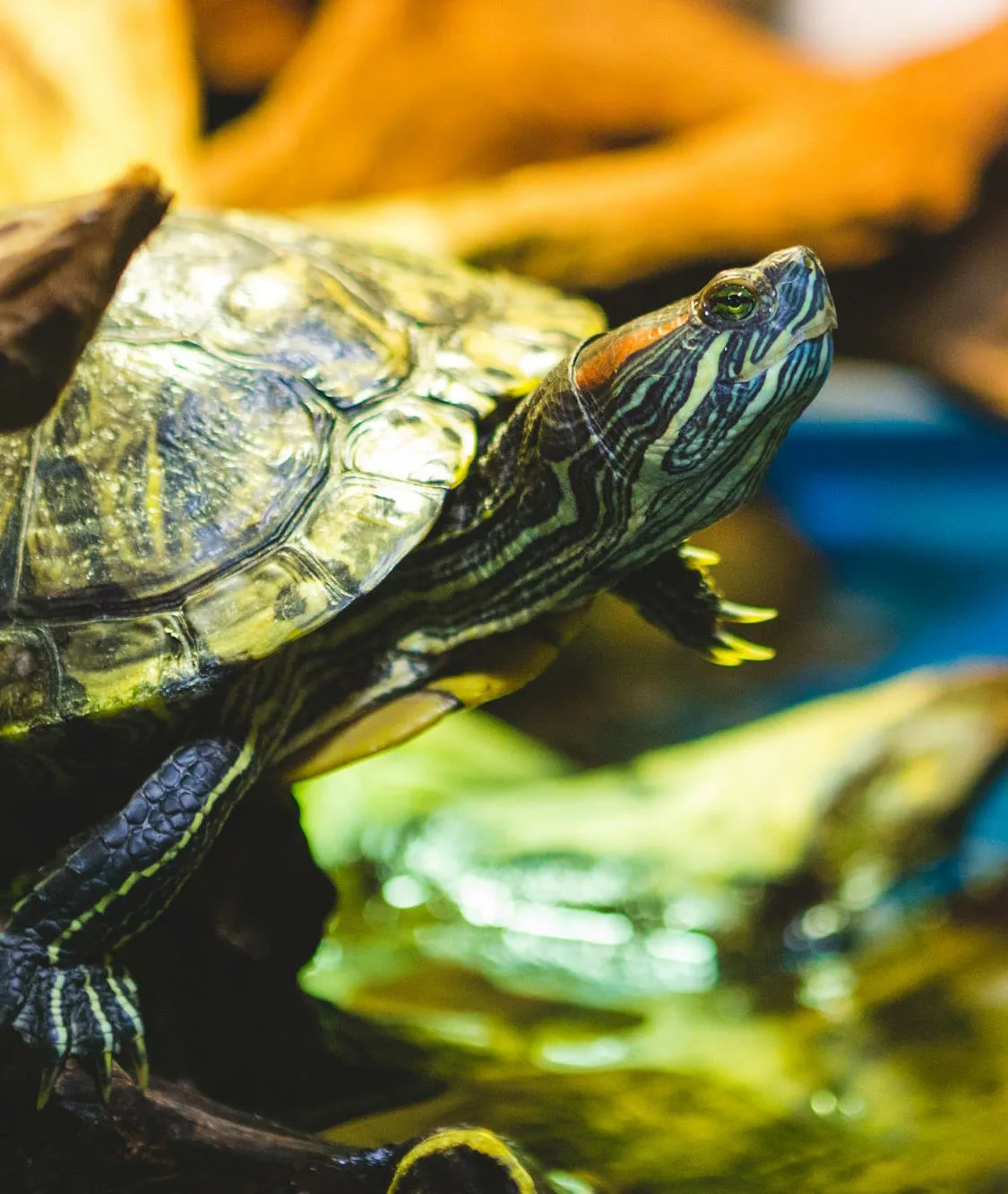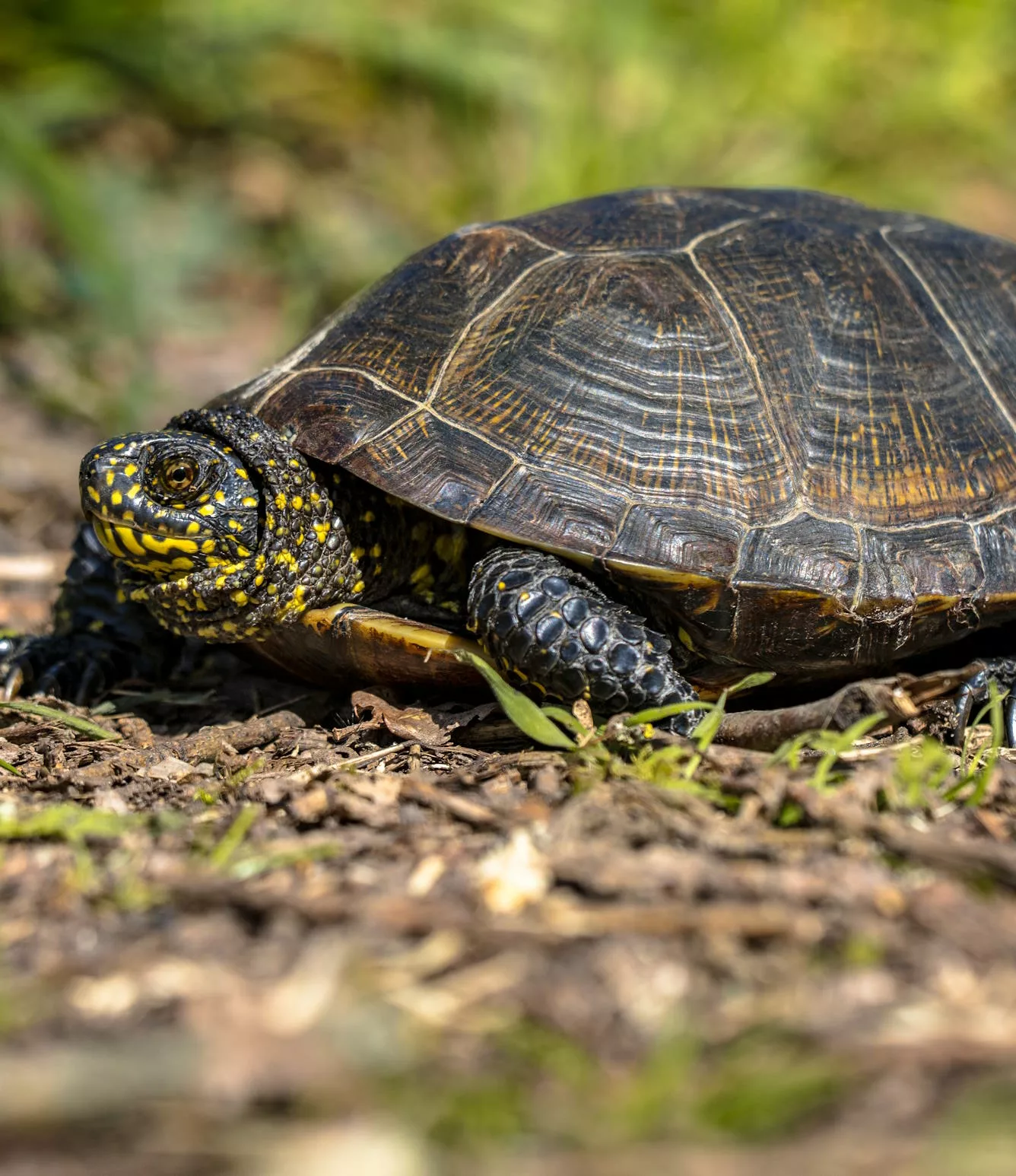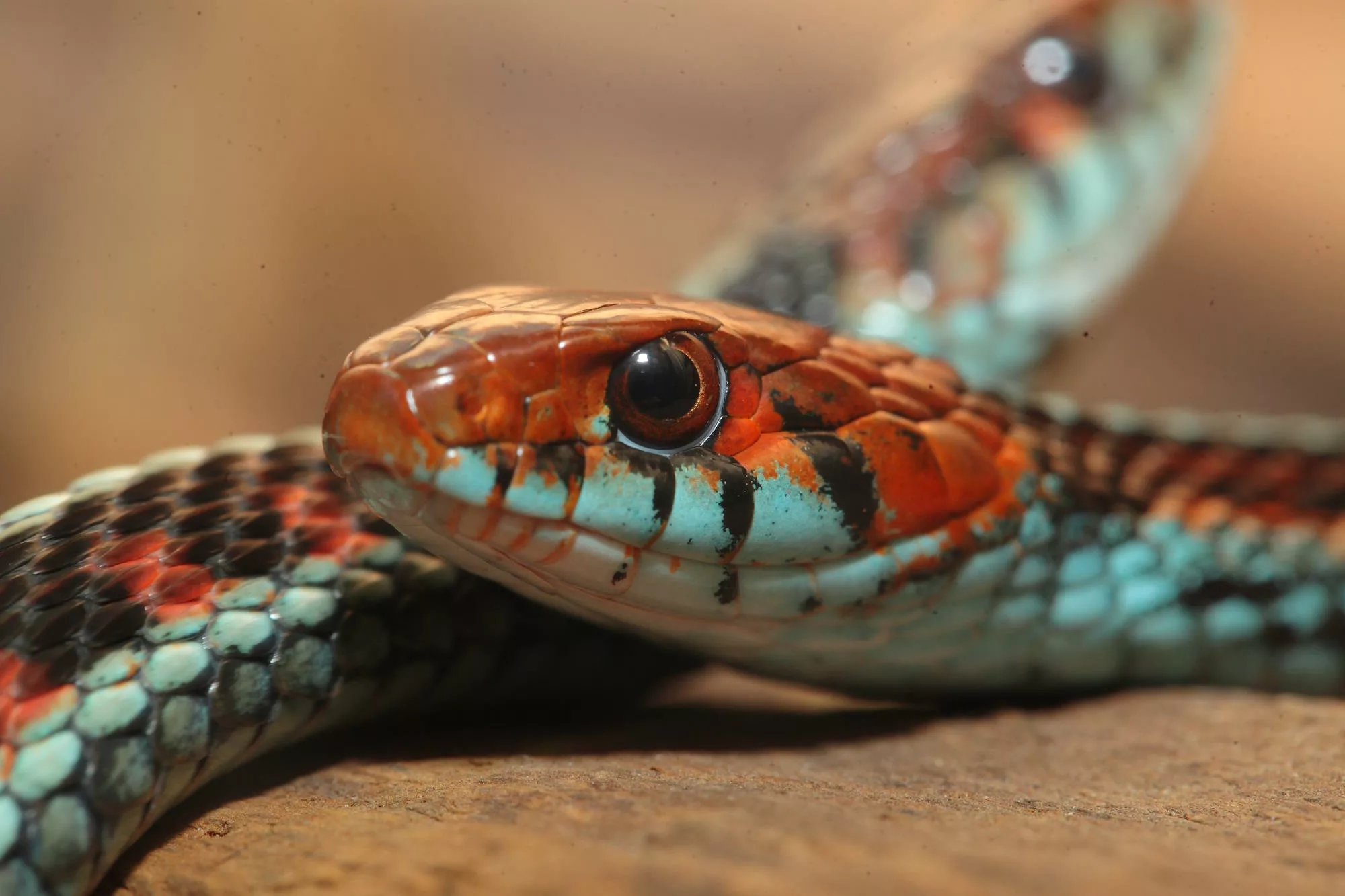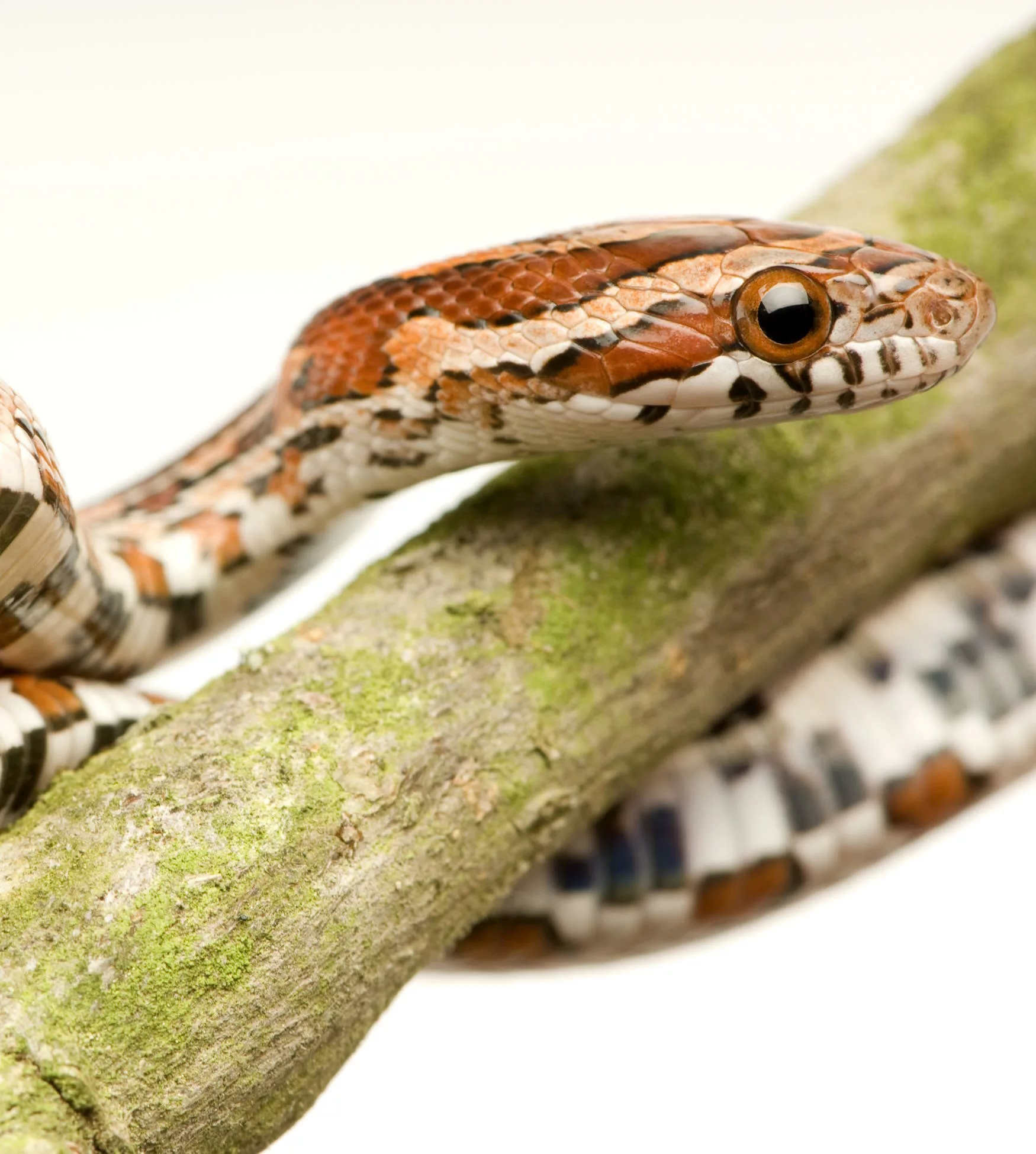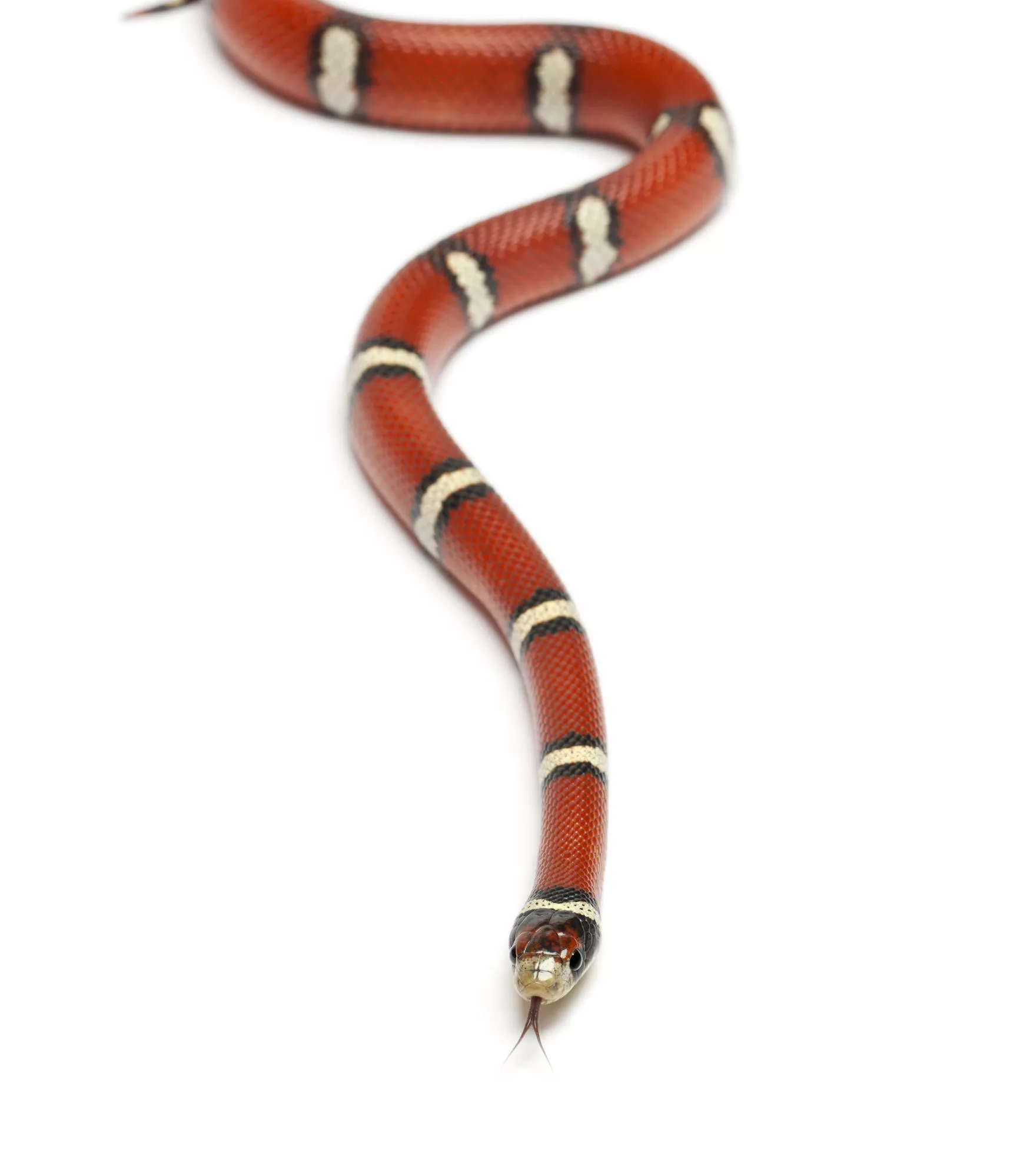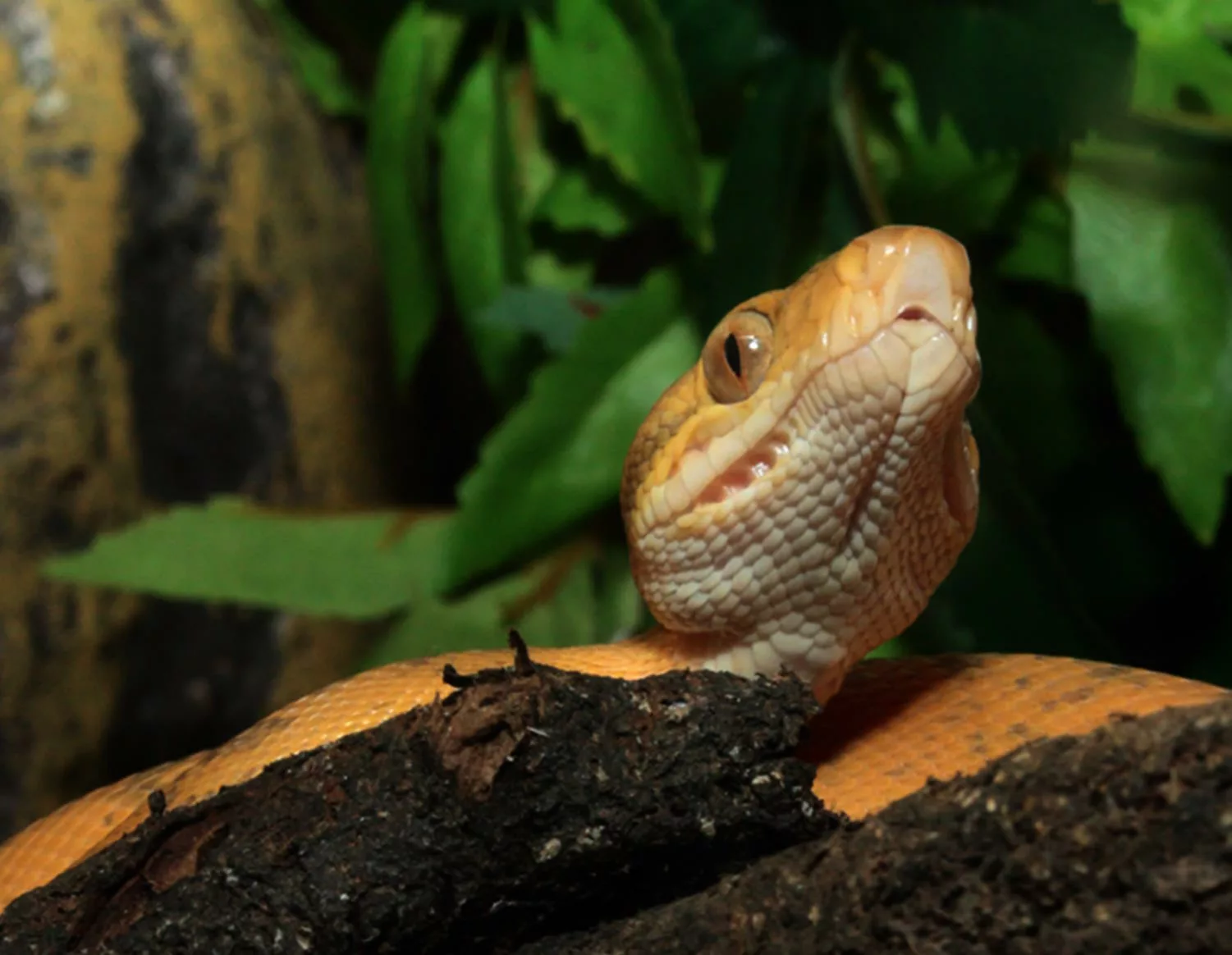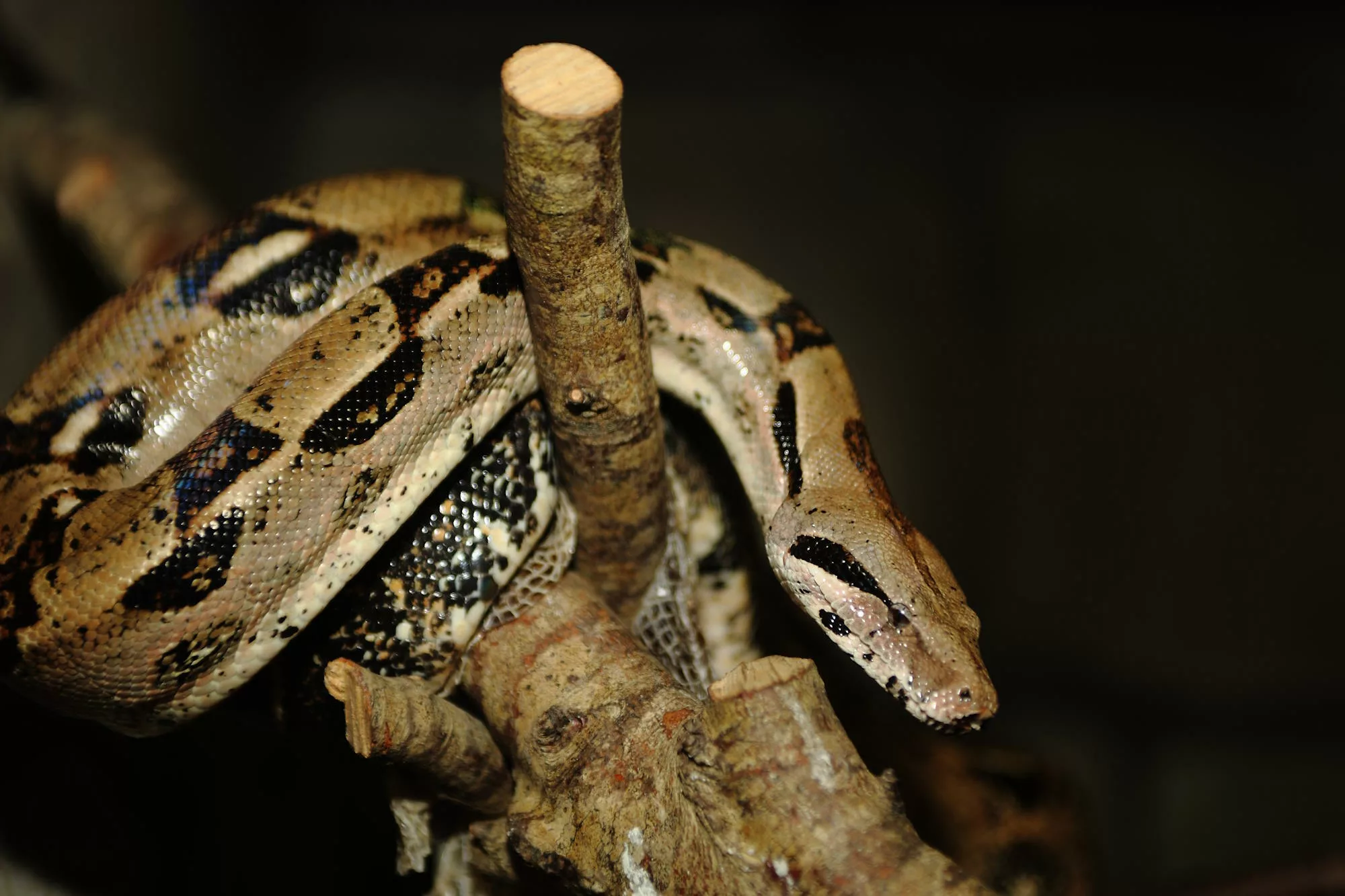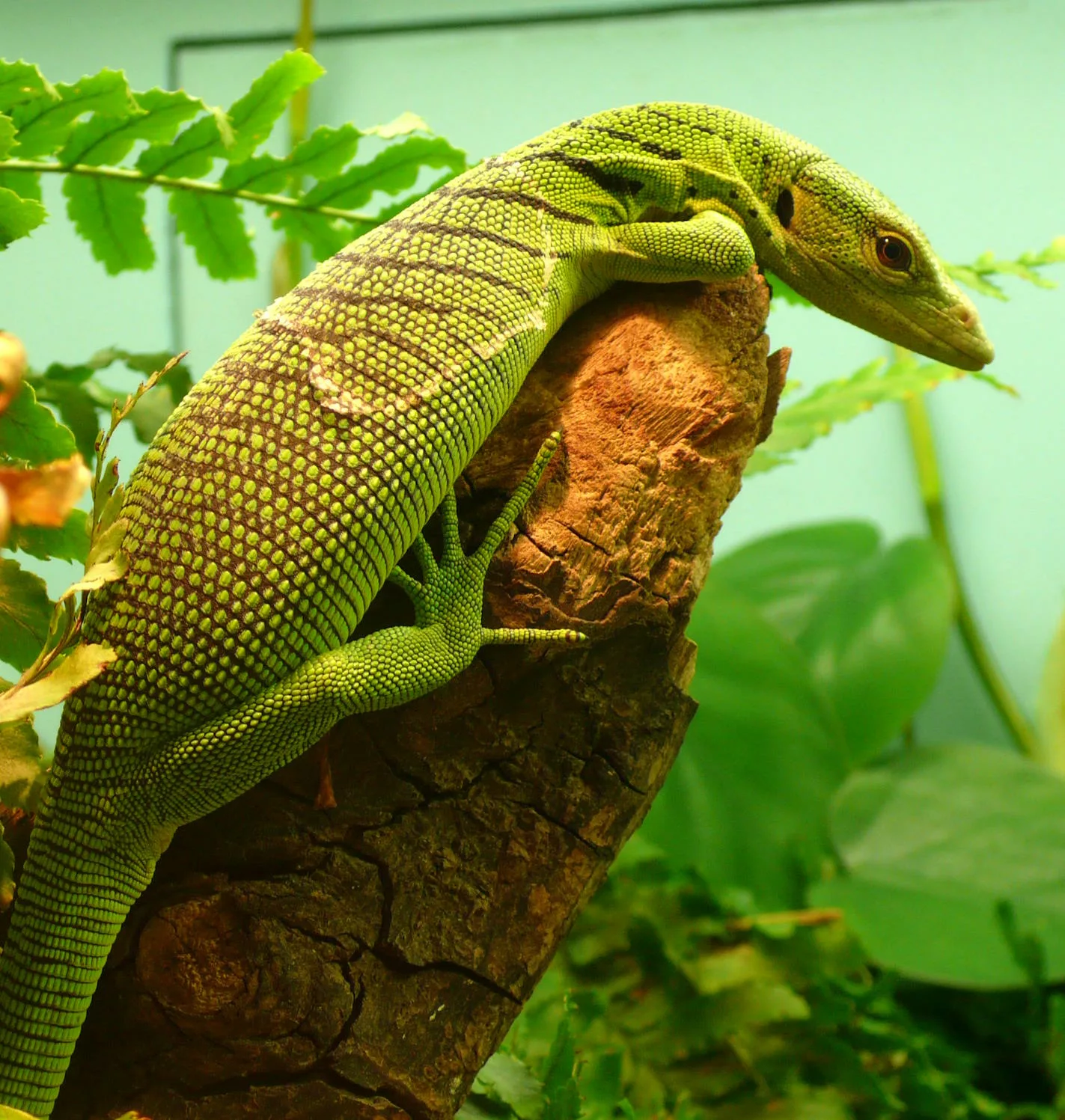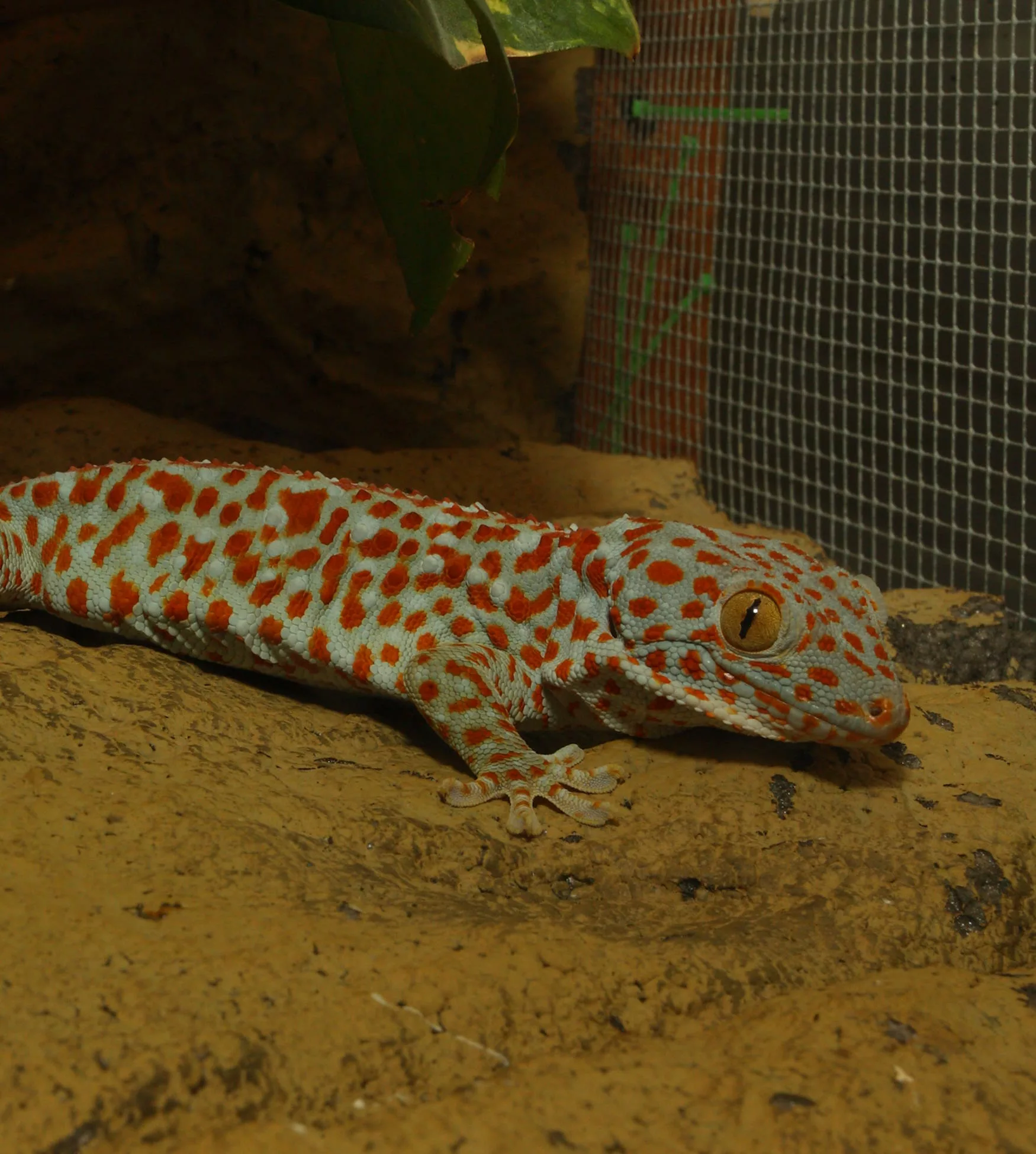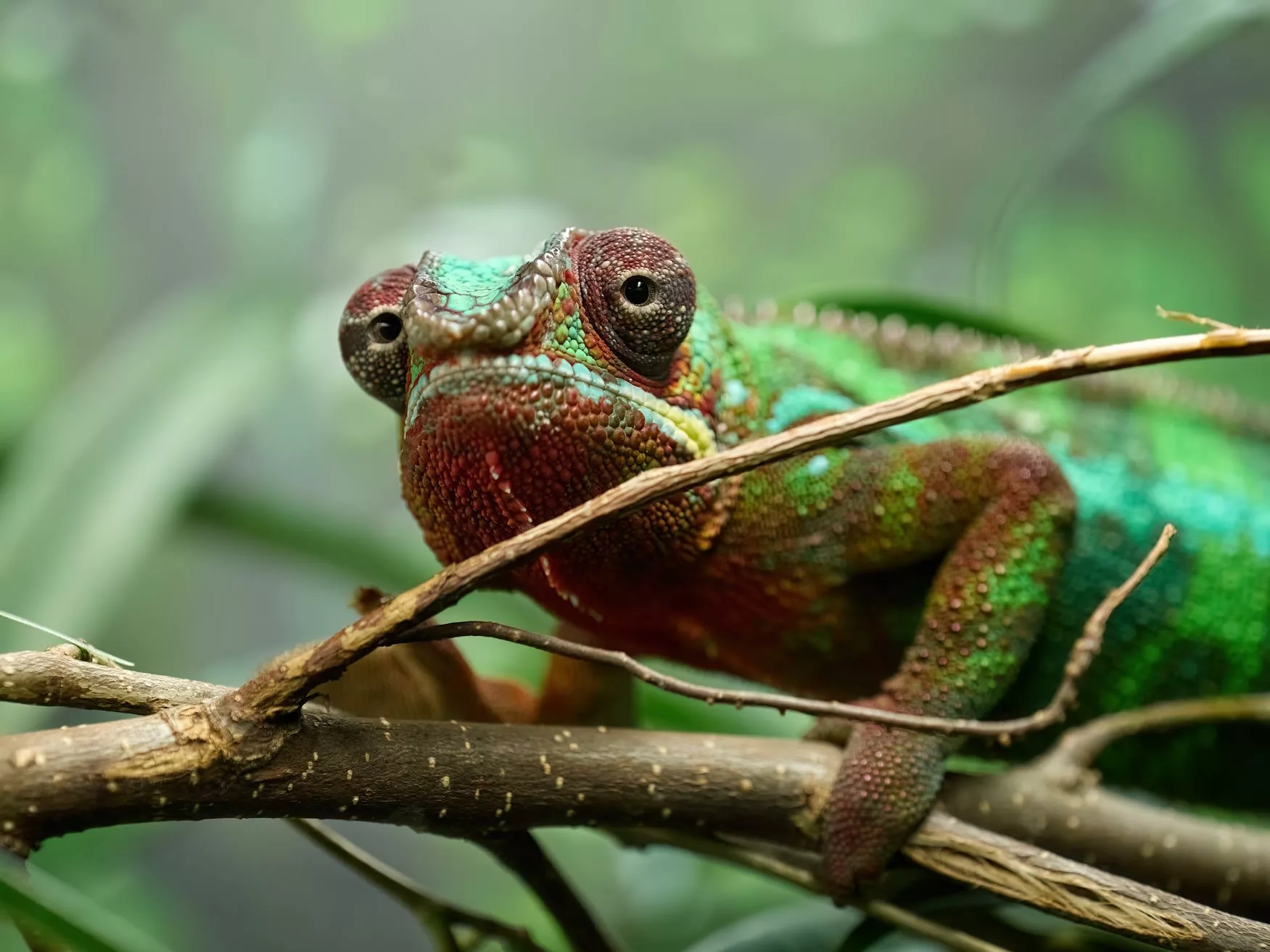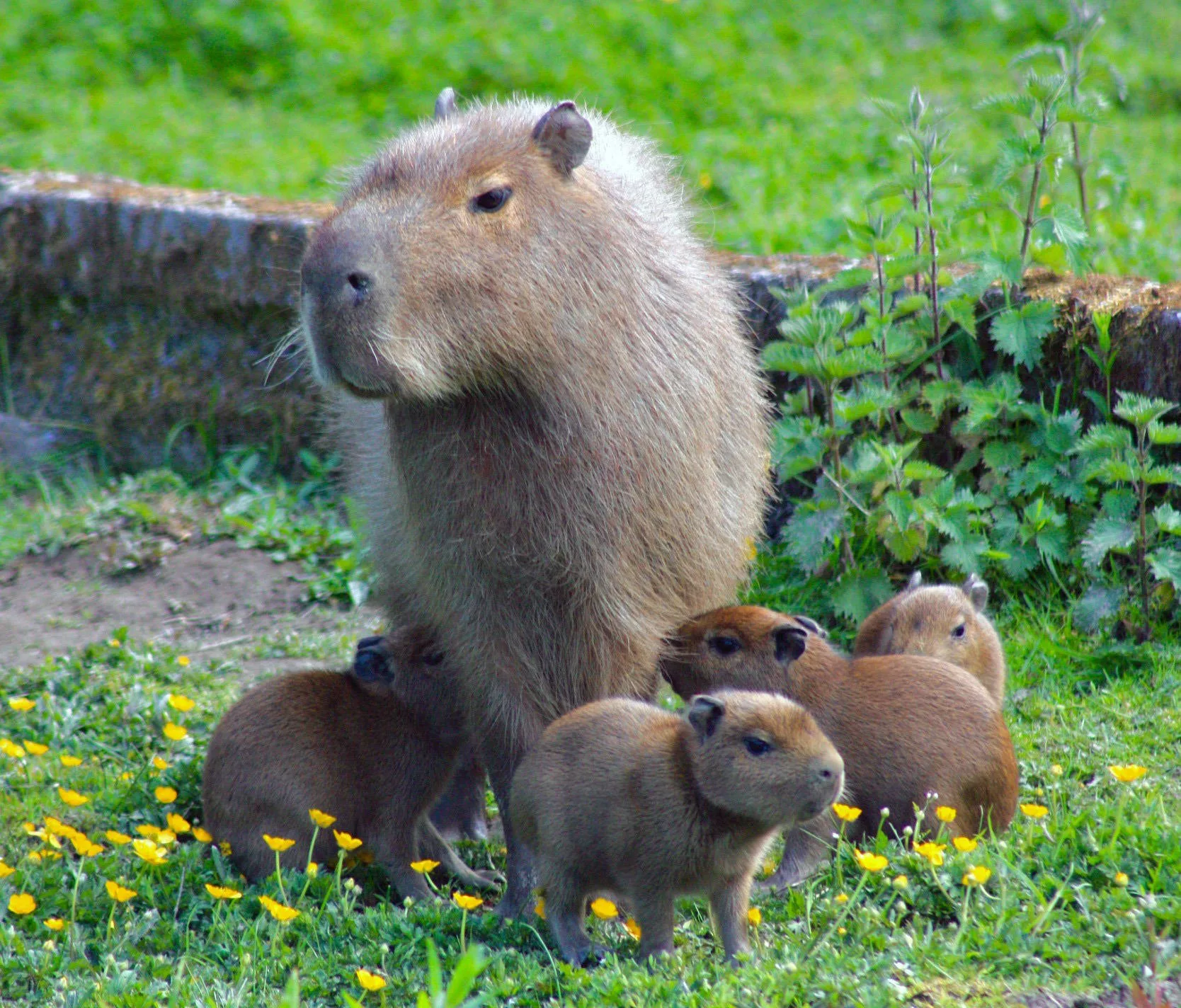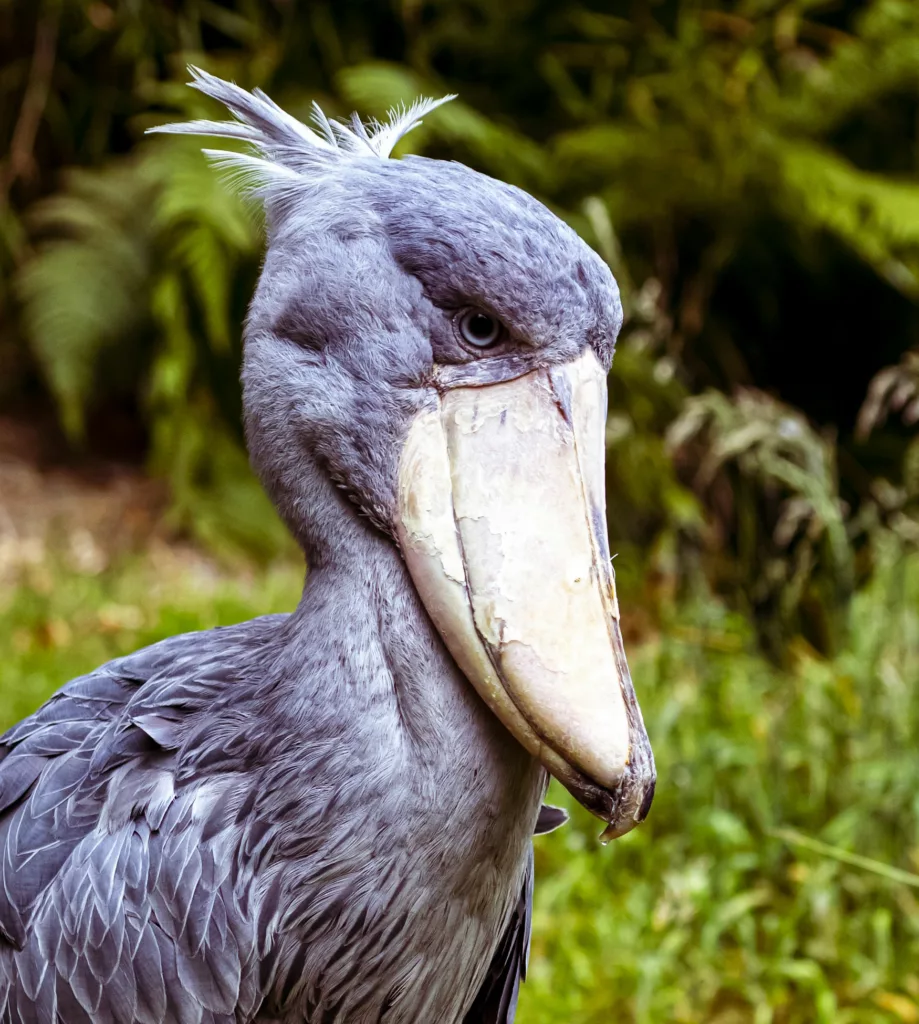
Shoebill
Scientific name: Balaeniceps rex
IUCN listed as: Vulnerable
Learn before you visit!
Here are some facts about the species – Discover what they eat, find out about their natural habitat, see what they like to do, and more… Set the reading style to suit you too, everyday speak or something aimed towards children.
Child-friendly
Everyday
Diet
Shoebills primarily dine on fish, using their large, distinctive bills to catch prey. In addition to fish, they also consume frogs, reptiles, and sometimes small mammals or birds. This varied diet helps them thrive in their wetland habitat as top predators.
Shoebills mainly eat fish in East African swamps. They catch their prey using their large, unique bills. Sometimes, they also munch on frogs, reptiles, and even small mammals or birds.
Breeding
Shoebills breed during the dry season in East African swamps. They form pairs, build nests, and lay one to three eggs. Both parents take turns incubating the eggs and feeding the chicks until they’re ready to leave the nest, typically in two to three months.
Shoebills mate during the dry season in East African swamps. They build nests, lay eggs, and both parents take turns keeping the eggs warm. When the chicks hatch, both parents feed them until they’re old enough to leave the nest, which takes about two to three months.
Habitat
Shoebills live in East African wetlands and swamps, preferring areas with shallow water and dense vegetation. They hunt fish and other aquatic creatures using their large bills and sturdy legs to move through the marshy terrain.
Shoebills live in East African wetlands and swamps, where they build nests among dense vegetation. They prefer areas with shallow water and tall grasses for nesting and hunting.
At the zoo
Abu’s parents are both in Pairi Daiza Zoo in Belgium. At 15 years of age she has barely become middle aged and she has a new enclosure being built around her. As she is part of the European Breeding Program it is the intention to pair her with the next captive bred shoebill from the only other three pairs in Europe! There are only 8 adults (including her mum and dad) plus Abu in the European breeding program. Abu is locked into her inside quarters and kept warm during the winter and has access to her outside environment on the better weather days during our colder months. Summertime she can chose to stay outside in full sun/warm rain or seek the shade of her internal housing. She is easily viewed in her characteristic statue pose usually over the top of one of her food buckets waiting for her provided meal to move (it never does) but it mimics her hunting pattern and technique in the wild.
Video link: https://www.youtube.com/watch?v=Pg5_ZxlnAl0
Abu’s mum and dad live in Pairi Daiza Zoo in Belgium. Abu, who is 15 years old, is getting older, but she’s still got lots of life ahead of her. She’s getting a new home built for her. She is part of the European Breeding Program and we will hopefully pair her with another shoebill from the only other three pairs in Europe! There are only 8 adults (including Abu’s mum and dad) in the breeding program in Europe. During the winter, Abu stays inside where it’s warm, but on nicer days in the cold months, she can go outside. In the summer, she can choose to stay outside in the sun or rain or go back inside for shade. You can often spot Abu sitting very still over her food, waiting for it to move (even though it never does!). This is how she would hunt in the wild, so it’s fun to watch her.
Video link: https://www.youtube.com/watch?v=Pg5_ZxlnAl0
Behaviour
Shoebills are solitary birds except during breeding. They patiently hunt by standing still before striking with their large bills. They display with bill-clapping and head-bobbing. Though usually calm, they can be aggressive when defending territory or nests.
Shoebills usually keep to themselves, except when they’re ready to mate. They hunt by staying still, then catching prey with their big bills. They show off by clapping their bills and bobbing their heads. While they’re usually calm, they can get feisty when protecting their homes.
Fun facts
- Big Bills: Shoebills have huge, shoe-shaped beaks, perfect for catching prey.
- Patient Predators: They stand still for hours in marshes, waiting to ambush fish and frogs.
- Swamp Dwellers: You’ll find shoebills hiding in dense marshes in Africa.
- Solo Stars: They’re unique birds with no close relatives in the bird world.
- Bill Clatter: Shoebills communicate by clapping their bills together, making a cool sound.
- Big Beaks: Shoebills have giant, shoe-shaped beaks for catching food.
- Patient Predators: They wait quietly in marshes to catch fish and frogs.
- Marsh Dwellers: You’ll find them hiding in marshes in Africa.
- Unique Birds: Shoebills are one-of-a-kind, with no close bird relatives.
- Bill Clapping: They talk by clapping their bills together, making a cool sound.
More animals to discover at our zoo
Quick Links
Tickets & Prices
You can buy tickets for Exmoor Zoo securely online, as well as finding out more price options, discover offers, and more…
What’s on…
Exmoor Zoo hosts incredible Events all through the year. You can find out about what we’ve got in store here…
Routes & info
Like any great discovery, Exmoor Zoo can feel a little off the beaten path – but don’t worry – you can plan your journey with our recommended routes and other useful travel info.
